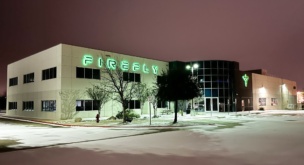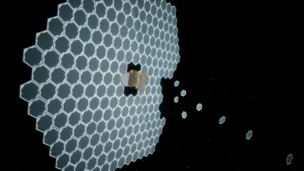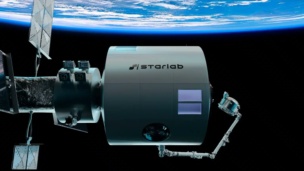Planet Labs is nearly ready to take its talents to the public markets at a $2.8B valuation. Yesterday, Planet’s C-suite held court with investors to sell the vision.
A decade of history in ~60 words: Planet set out to image and index all of Earth every day. The company developed a constellation of 200 satellites, created the “agile aerospace” assembly method, and built a vast customer base (600+ across 65 countries). Planet now does nine figures in revenue, pulling in $100M in its last fiscal year.
Let’s run down the key themes from Planet investor day. (NB: talking points are from Planet, not Payload.)
- Scale: At ~200 satellites, Planet’s constellation is the largest EO fleet to ever exist in LEO. Planet’s birds—literally named Dove, SuperDove, and Pelican—take 3M photos a day.
- The “one-to-many” model: Sell the same imagery to multiple customers.
- Speed: Planet has a “multi-year lead” over competing constellation operators.
- Data advantage: Planet is sitting on a database of 1B+ images. Its satellites have a high cadence revisit. The volume of data—daily Earth scans over time, essentially—is a huge asset for Planet’s AI team. And the value of this data compounds.
- Defensibility: Planet’s imagery is proprietary, so its platform has sizable switching costs.
- Lock-in: 90% of customers pay on an annual subscription basis.
The next chapter: Planet is expanding into new vertical markets. The company also aims to pull off the platform play. It wants to “move up the stack” from proprietary imagery to software analytics layers.
Payload takeway: Planet is pitching itself a data subscription business with recurring revenue and software-style margins, CEO and cofounder Will Marshall said yesterday.
Essentially, according to Planet, it’s a SaaS business that also makes satellites. If investors agree, Planet could fetch a valuation multiple more on par with software businesses, rather than space players. We’ll find out soon whether investors agree…




